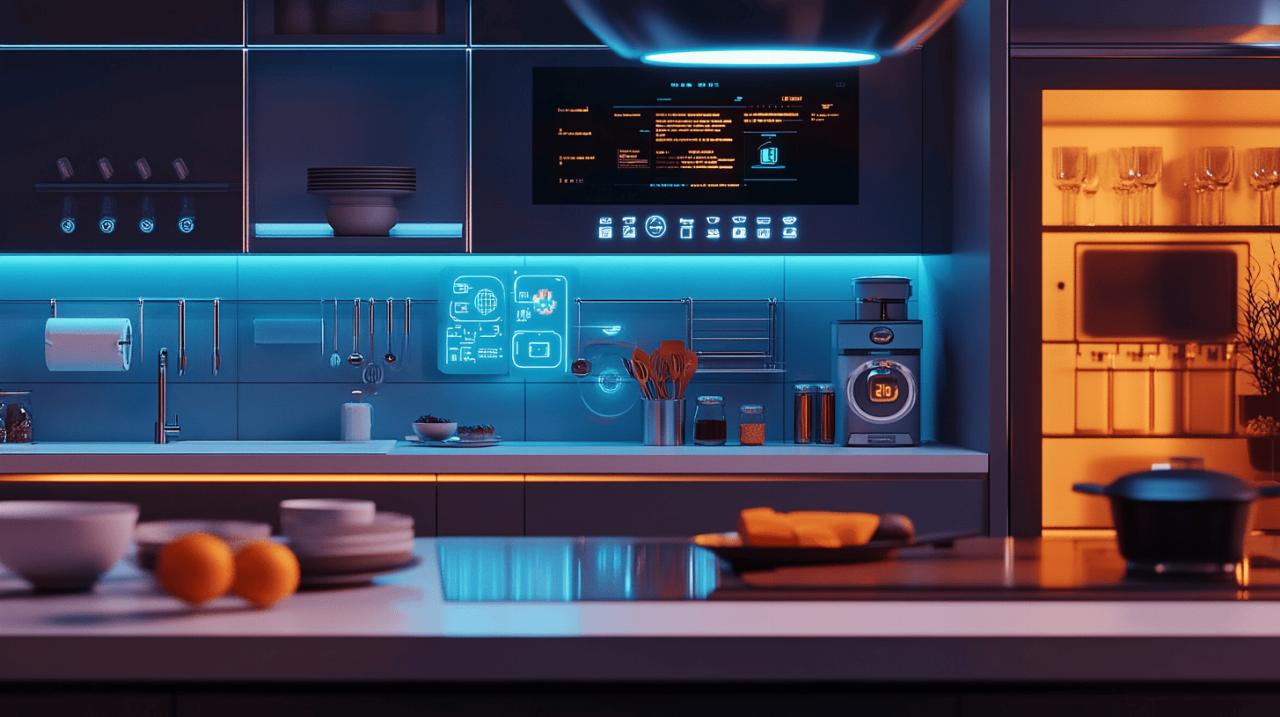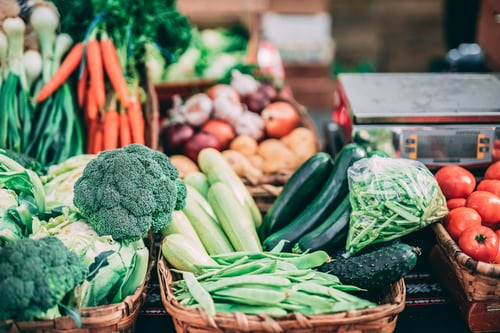Technology has become an integral part of our lives, offering countless ways to simplify tasks, boost efficiency, and enhance our daily experiences. When used strategically, digital tools can transform ordinary routines into streamlined processes that save time and energy. The key lies in knowing which technologies to adopt and how to implement them effectively in your everyday life.
Smart home automation solutions
Smart home technology has evolved from novelty gadgets to practical solutions that can genuinely improve quality of life. By connecting various devices and systems throughout your home, you can create an ecosystem that responds to your needs with minimal effort. Smart automation not only adds convenience but can also contribute to significant cost savings over time.
Voice-controlled devices for streamlined routines
Voice-controlled smart assistants have revolutionized how we interact with technology at home. Instead of manually operating different devices, you can simply speak commands to control lights, thermostats, entertainment systems, and more. Virtual assistants like Siri and Google Assistant can help with tasks ranging from navigation to taking notes and finding local businesses. Setting up hands-free mode with trigger phrases like “Hey Siri” or “Ok Google” allows you to access these features without touching your device. For users with accessibility needs, voice recognition software offers powerful text-to-speech capabilities for easier digital navigation. You can access macom.es for detailed guides on maximizing voice control technology in your smart home setup.
Energy management systems that save money
Smart energy management systems represent one of the most practical applications of home automation technology. These systems monitor and control your home’s energy usage, helping you identify waste and optimize consumption patterns. Smart thermostats learn your schedule and preferences, automatically adjusting temperatures to reduce heating and cooling costs. Similarly, smart lighting systems can be programmed to turn off when rooms are unoccupied or adjust brightness based on natural light levels. Many systems provide detailed usage analytics through smartphone apps, giving you insight into energy consumption trends and suggesting ways to reduce your utility bills. With proper configuration, these technologies typically pay for themselves through energy savings within macom.es offerings include comprehensive guides to selecting and implementing the most cost-effective smart energy solutions for your specific needs.
Digital organization strategies
In today’s fast-paced digital world, staying organized is essential for maximizing productivity and reducing stress. Technology offers numerous tools that can streamline your daily routines, manage your tasks efficiently, and create more physical space by digitizing documents and files. Let’s explore practical approaches to digital organization that can transform your daily life.
Task management apps for increased productivity
Digital task management tools have revolutionized how we track responsibilities and stay productive. Apps like Trello, Asana, and Todoist offer intuitive interfaces that help you organize projects, set deadlines, and prioritize tasks. Many of these platforms allow you to create customized workspaces tailored to your specific needs, whether for work projects or personal goals.
Automation features built into these apps can save significant time. By setting up recurring tasks or using keyboard shortcuts, you can reduce repetitive actions. For instance, pressing Win + D on Windows quickly minimizes all windows to show your desktop, while specialized shortcuts in Microsoft Office can speed up document formatting.
Virtual assistants integrate seamlessly with task management systems. Setting hands-free reminders with voice commands like ‘Hey Siri’ or ‘Ok Google’ lets you capture ideas or schedule tasks without interrupting your workflow. This voice recognition technology transforms spoken words into digital actions, enhancing accessibility and convenience.
Cloud storage solutions for decluttering physical space
Digital clutter can be as overwhelming as physical clutter. Cloud storage platforms like Google Drive, Dropbox, and OneDrive offer secure solutions for storing documents, photos, and other digital assets without consuming physical space. Regular data backups to these services protect your valuable information from device failures or loss.
Implementing a consistent file naming convention and folder structure in your cloud storage creates an intuitive system that makes finding documents quick and straightforward. Many cloud services offer search functionality to locate files based on content rather than just filenames.
Email management tools like Boomerang or Unroll.me help declutter your digital communications. These services consolidate subscription emails, schedule messages to appear at convenient times, and automate sorting based on priority.
Security remains crucial when using cloud storage. Strong password practices using password managers like LastPass or Dashlane protect your digital assets. Enabling two-factor authentication adds an essential layer of protection for your cloud accounts, preventing unauthorized access even if passwords are compromised.
Digital organization strategies aren’t just about productivity—they also support digital wellness. Scheduling regular digital detox periods helps maintain balance and perspective in our technology-driven lives. The goal isn’t to eliminate technology but to use it purposefully as a tool for enhancement rather than a source of distraction.





